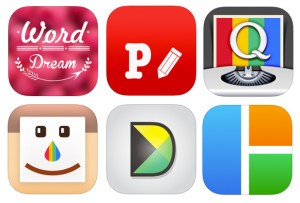If you’re just starting down the road of social selling, one of the first pieces of advice you’ll inevitably encounter is to reposition your LinkedIn summary to be customer-centric. In other words, scrap the talk of crushing quotas, socializing at that sales conference, and, well, sales in general. Instead, hammer home how you can help solve your customer’s business challenges and why they should trust you to do so.
For many sellers, though, this presents a dilemma. On one hand, yes, you need to land that extremely valuable message with your customers to show them what you’re are all about. On the other hand, you don’t want to forget the rest of your diverse audience: internal leadership, former and current colleagues and classmates, and (here’s the big one) hiring managers. What if down the line you want to change roles and need to highlight your accomplishments for recruiters? It will all be a bit too transparent if your summary suddenly reads like an online resume.
So which one is more important – being customer-centric or recruiter-centric? Well, this is a false choice: Customer and sales successes don’t have to be mutually exclusive. If done right, you can finesse how you speak to your wins without putting off potential buyers.
To start off, I’d still advise shading your language toward the customer because it shows you have your organization’s goals front and center. This establishes trust while also helping you achieve those numbers that are obviously critical to a salesperson’s career advancement.
That might be a bold prediction for a LinkedIn profile, but that profile is often your first impression. And what did they say about those again?
Customer-leaning language also sends a strong signal to recruiters and sales leaders (both internal and external) that you’re a social (read: modern) seller committed to more efficient and effective outreach. That puts you in the minority: According to a survey done this year by PeopleLinx, only 31 percent of sales professionals use social as a part of their process, despite a large (and growing) body of evidence that it works tremendously well compared to traditional methods such as cold calling. Other companies would love to have a rep who has a cutting-edge sales strategy. Not to mention that sales leaders who put a premium on customer satisfaction are probably the ones you want to be working with anyway.
When you do mention more sales-y accomplishments, frame them as a natural result of your customer-focused sales process, saving the numbers for further down in your profile. (The awards section is a good spot to showcase them.) For example: “My dedication to educating, delighting and collaborating with my customers has allowed me to not only consistently surpass quarterly sales goals, but more importantly establish mutually beneficial business partnerships built to last.” Check and check. All audiences covered.
Balancing these competing agendas can be tricky depending on your professional history, so don’t get discouraged if it doesn’t come out just right in your first draft. Stick with it. Soon you’ll have a profile that shines in the eyes of both customers and recruiters.
(169)
Report Post


